Huge change coming to Qantas fleet
Qantas CEO Alan Joyce has announced a massive program to update the national carrier’s domestic fleet with new, lower-emissions aircraft.
Environment
Don't miss out on the headlines from Environment. Followed categories will be added to My News.
Qantas will renew its domestic fleet with the purchase of 100 energy-efficient aircraft using lower-emissions fuels as part of the airline’s push to meet its net zero target by 2050, CEO Alan Joyce has revealed.
The massive renewal program – dubbed Project Winton, after the small Queensland town that was home to Qantas’s first board meeting – will involve the progressive replacement of the national carrier’s fleet of Boeing 737-800s and Boeing 717s between 2023 and 2034.
Four aircraft types are being evaluated for purchase: the Boeing 737 MAX family and Airbus A320neo family, as well as the smaller Embraer E-Jet E2 family and the Airbus A220.
Qantas said it would look at safety, reliability and performance, sustainability and emissions reduction, as well as commercial terms, in making its purchasing decisions.
“Covid has had a devastating impact on the aviation industry and there aren’t many airlines around the world in a position to place orders for new aircraft,” Mr Joyce said.
“We still have our own repair work to do, but we know travel demand will rebound quickly and right now we’re in a strong position to secure the best possible deal at very good prices.”
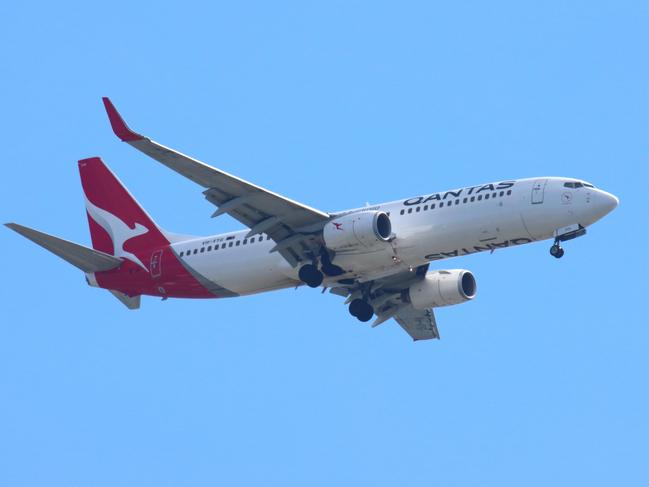
The new aircraft “will deliver a step-change in reducing fuel burn and carbon emissions by up to 15 per cent,” Mr Joyce said.
The move comes as IATA, the International Air Transport Association, adopted a net zero goal for the global aviation industry by 2050 at its annual conference in Boston.
Mr Joyce, who is in Boston for the conference, stressed the airline would be backing in technological advancements in plane design and sustainable fuels to help them reach net zero, but said carbon offsets would also play a role.
“An offset may be helpful … certainly at the start of it,” he said. “We have the largest offset program in the aviation industry, and we have 10 per cent of our customers volunteering to offset their carbon emissions, which I think is the highest of any airline.”
Qantas was also working with manufacturers on a “sustainable aviation fuel path,” Mr Joyce said.
Getting to net zero would involve a “combination of technologies” including more efficient planes, but sustainable aviation fuels would do the “heavy lifting” to reach net zero, Mr Joyce said.
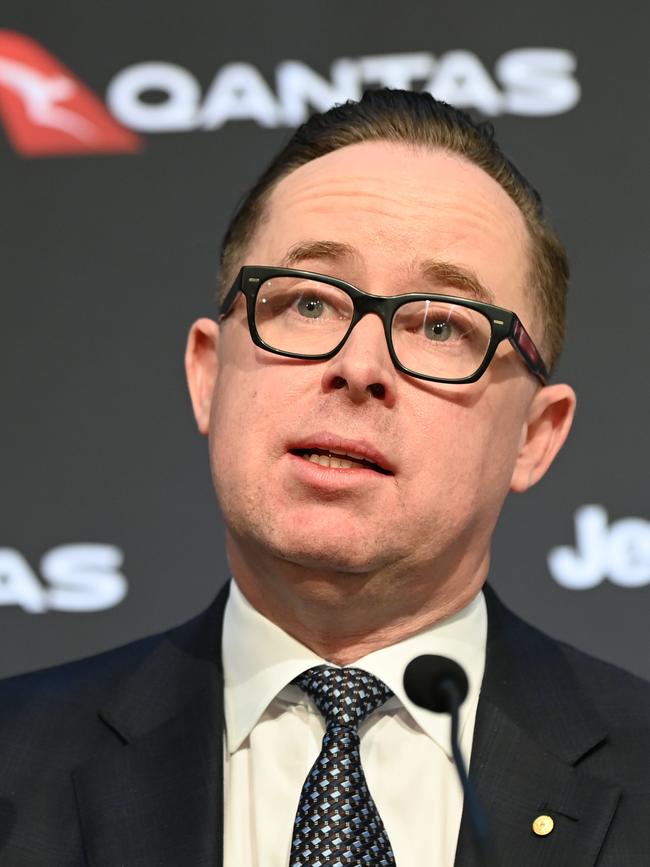
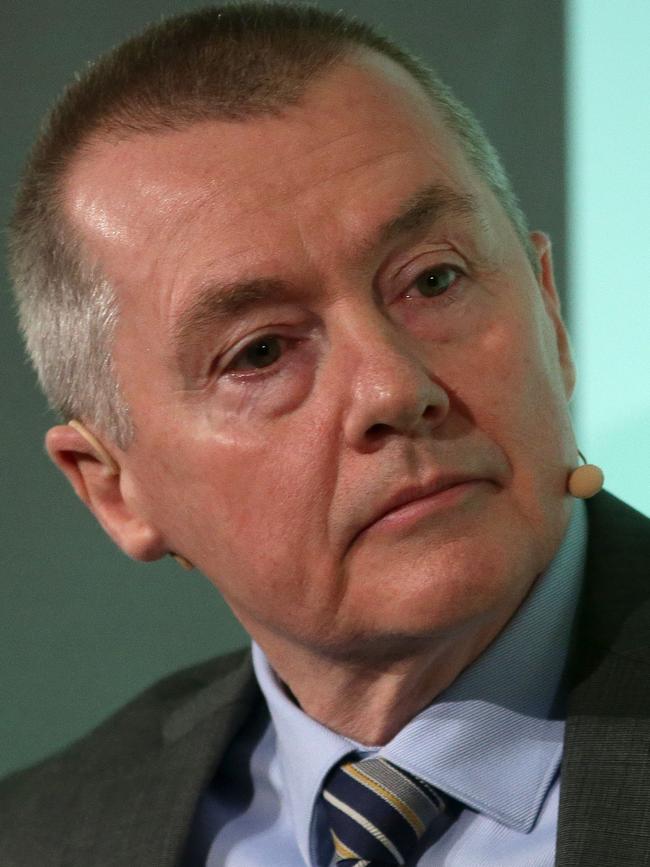
IATA’s Director General Willie Walsh said achieving net zero globally in the aviation industry would be a “huge challenge”, as it will require 21.2 gigatons of carbon to be abated between now and 2050.
Mr Walsh suggested 65 per cent of those emissions could be abated through more sustainable aviation fuels, while new propulsion technologies such as hydrogen would account for a further 13 per cent and efficiency improvements would add another 3 per cent.
Carbon capture and storage projects would bring emissions down by 11 per cent and carbon offsets would account for the remaining 8 per cent, Mr Walsh said.
“The actual split, and the trajectory to get there, will depend on what solutions are the most cost-effective at any particular time,” he said.
But other industry experts warn airlines will need to mandate carbon offset fees — currently optional — in order to meet the target.
The fees vary depending on the sector, airline and scheme, but for an economy seat, Qantas currently charges $1.96 to offset a return flight between Sydney and Melbourne, and $44.34 for a return flight between Sydney and London.
Industry action on emissions reduction is accelerating, propelled in part by the rise of “flight shaming”. Air France had to drop short-haul flights as a condition of a government bailout in 2020, due to concerns about emissions. And last month the One World alliance (which includes Qantas) released its road map for net zero by 2050, saying it would achieve the goal through fleet modernisation, operating efficiencies, sustainable aviation fuels and carbon offsets and removals.
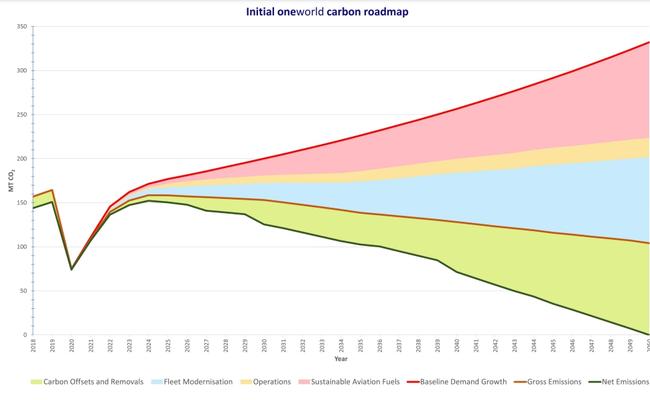
The IATA meeting comes less than a month before the UN Climate Conference in Glasgow, at which more nations are expected to commit to net zero 2050 goals (including Australia) as well as stronger interim targets.
International aviation creates about 2.5 per cent of all global emissions, making it a bigger contributor to greenhouse gases than most countries. But its emissions are tallied separately to those of individual nations.
Aviation expert Geoffrey Thomas said the pathway to net zero for the industry would likely include the mandated use of biofuels, and the inclusion of carbon offsets as a standard part of a ticket price.
“Take-up of carbon offsets by passengers is currently very low, usually around 5 to 10 per cent,” he said.
But the industry was taking the issue seriously, Mr Thomas said.
“The targets started out as aspirational, but the levels of commitment the airlines have shown over the two years has been astonishing,” he said.
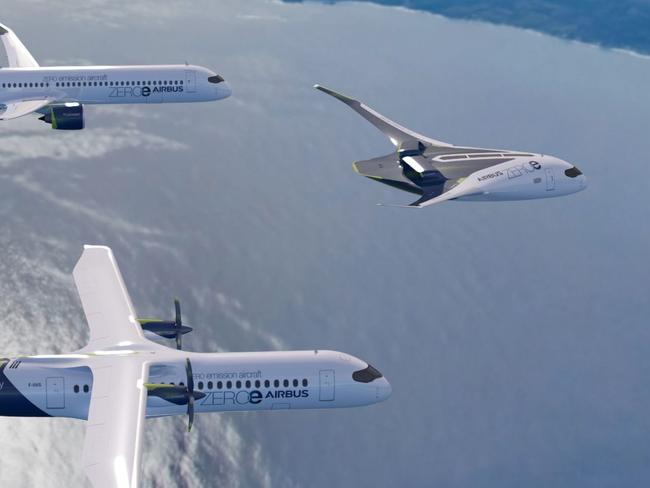
Last year Airbus released concepts for three zero-emissions aircraft fuelled by liquid hydrogen which they said could be in operation as soon as 2035.
In the US, the White House has announced a Sustainable Aviation Fuel Challenge to encourage industry to produce three billion gallons (13.6 billion litres) of sustainable fuel by 2030, and meet 100 per cent of domestic demand by 2050.
NASA is also working on developing aircraft that are 25 per cent more efficient.
Max Temminghoff, who co-authored a CSIRO report on the “herculean task” of getting to net zero in the aviation industry, said the first emissions cuts would probably come through decarbonising ground crew activities.

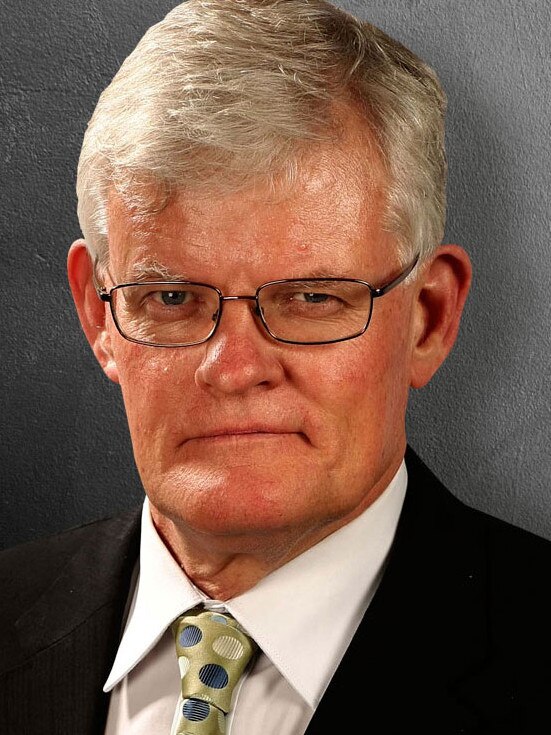
These activities constitute just 5 per cent of the industry’s emissions – “a small chunk, but it’s a first step” Mr Temminghoff said. Those changes could be made as early as 2025, the CSIRO report stated.
Future governments will likely require airlines to use an ever-increasing proportion of biofuels and synthetic fuels to power their aircraft in order to bring down their emissions, Mr Temminghoff said. But the first truly greenhouse-gas-free flights, using liquid hydrogen fuels, will probably not be commercially available until the 2050s.
“It will require a pretty big redesign of how we see aeroplanes,” he said. “That usual shape you’re familiar with, like the Boeing 747 or 787 … it’s going to look quite different to that because of the amount of fuel you’ll need to carry. You’re more likely to see planes in a wedge shape. And of course we’ll need new infrastructure help refuel these planes. If you can’t refuel your plan at every airport you stop at, there’s not much point in flying there.”





